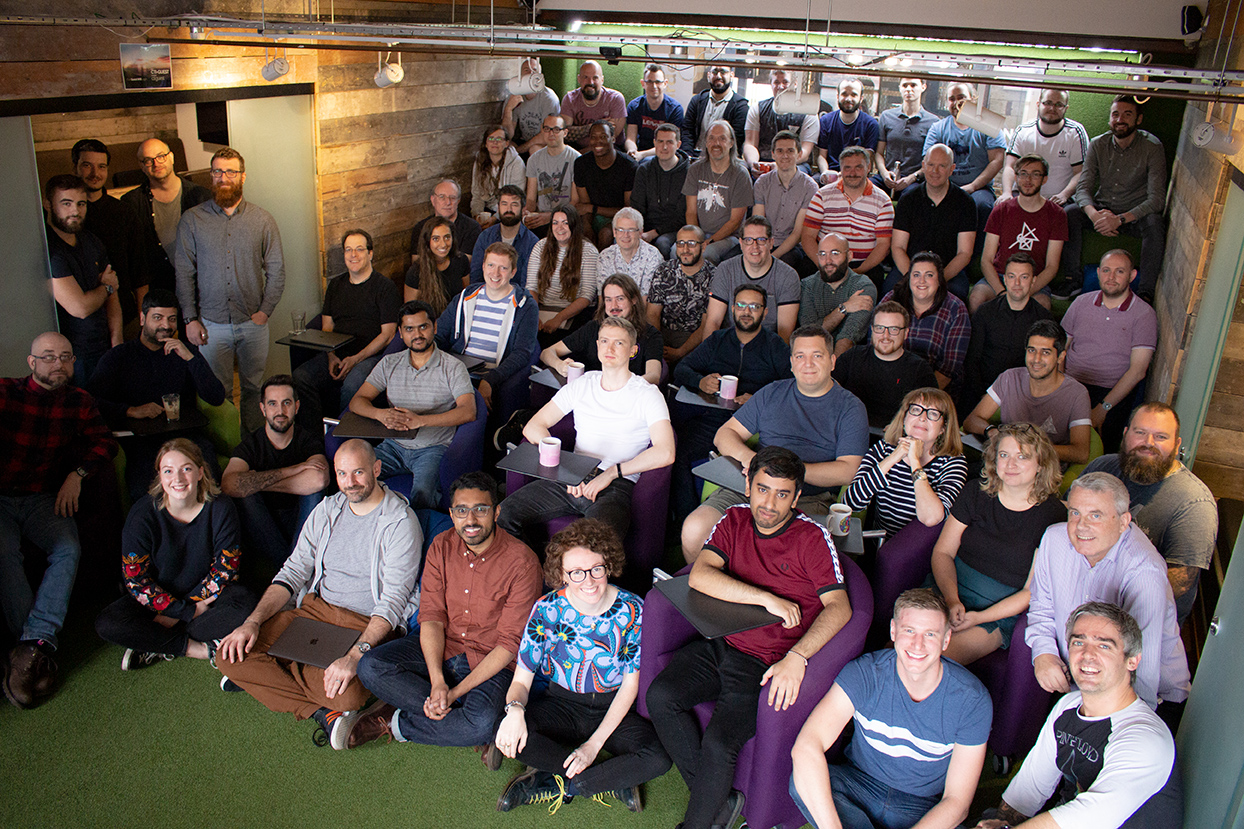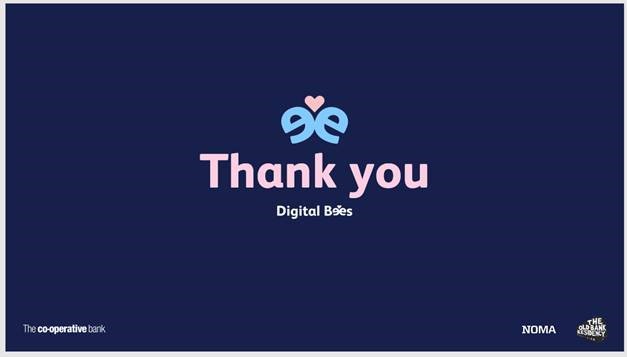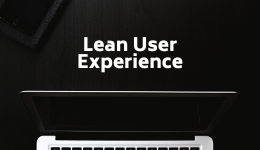
Up until 3 years ago, remote work, work from home, the 15-minute city and other similar concepts were still something vaguely familiar, with few companies looking at “work from anywhere” as a valid concept.
One pandemic later, mentalities about the way we work and where we work from have changed. This change isn’t the exclusive result of the health crisis we’ve been through.
The last couple of years also brought an avalanche of other things: the great resignation and the quiet quitting movement, an increased interest in how our buildings and our work impacts the environment, emerging technologies that influence our professional activity and workspaces and even a potential new financial crisis.
In this interesting global dynamic context, and as we’re stepping into the new year, we invite you to think about how work and offices will evolve and what new trends we might expect.
There are a few interesting concepts to take into consideration in 2023:
Hybrid work is the way
Offices continue to exist, but the role they serve is developing, with a major focus on people’s social needs. The pandemic emphasised employees’ capability to work remotely and the data stands by this: a 2022 study shows that 75% of workers globally believe that remote work is the new normal, while 97% of employees want their work to be at least partially remote in the future.
So we are going to see people mixing ‘from the office’ and ‘from anywhere’ work styles. Furthermore, satellite offices could meet the need of working from a more official space, but closer to their homes. Different generations have different needs: those of a more flexible mindset might have moved to a rural area or an exotic location, nest-builders prefer to be at home and not everyone is productive at the same time of day, especially when in different time zones. In all cases, flexibility remains key.
The office spaces, when used, continue to be not only a space for work, but one where networking and communication are fostered. Many people have already set a professional desk at home, but given the vast pool of interests, needs, jobs, personal life specifics, a dedicated out-of-home work space comes with its benefits. This means that companies need to adapt and integrate employees’ new preferences in their business strategy and design.
Offices get more ESG oriented than ever
The last couple of years also brought ESG into the attention of the real estate industry - developers and tenants included.
If we’re considering that the buildings sector accounts for 38% of CO2 emissions, the way offices are built becomes significantly more critical. This might lead to multiple reconversion of spaces or refurbishments, to more sustainable materials being used in the building processes, as well as to integrating new technologies that measure and contribute to improving the industry’s impact over the environment.
Tenants have also become more aware of the impact of their spaces - especially their homes, but we believe that this focus will also shift to their offices.
Technology plays a vital role
The growing proptech industry - predicted to be valued at US $86.5 Billion by 2032, will become more and more intertwined with the real estate one to the point we won’t imagine offices without tech. We believe that 2023 will bring not only new technologies, but a sedimentation of already accumulated knowledge after 2 years of experiments.
Benefits for office developers and users include:
- offering an improved experience to tenants through apps and devices that personalise, automate and optimise people’s journey to and through the space
- tracking resources used for a more sustainable approach (the ESG goals mentioned above)
- automating manual processes, mainly for landlords and developers who can therefore spend much more time on tasks that bring high value
- reducing carbon footprint - virtual tours and 3D digital twins in particular can help here, by cutting down printed materials and unnecessary travel and driving data-based decisions
- creating more efficient workflows, fit for the hybrid style of working
Virtual offices meet physical ones
We’re also met with an interesting proposal: virtual offices. After having used all types of virtual meeting tools and apps while isolated in our homes, the next step could be our 'work avatars' getting together in a virtual office like the one created by Meta (Horizon Workrooms). Other companies take the streaming game to a new level - Microsoft adds mixed reality features to its Microsoft Teams platform through Mesh.
The Metaverse and its usage are still under debate. What’s clear, regardless of how many tools we use or how good and efficient they are, is that people will continue to need to interact personally with each other. Remote work comes with many benefits - for the employers as well, as they have access to a wider talent pool, but nothing can replace direct communication.
This year is building on the previous ones' trends and it will be interesting to see where the development of new technologies for real estate is going and how adoption will evolve. The industry is already on its path to digital transformation and, while finding the right tools will take experimentation and time, both owners and occupiers expect nothing less than having their needs met by exceptional technology solutions.









